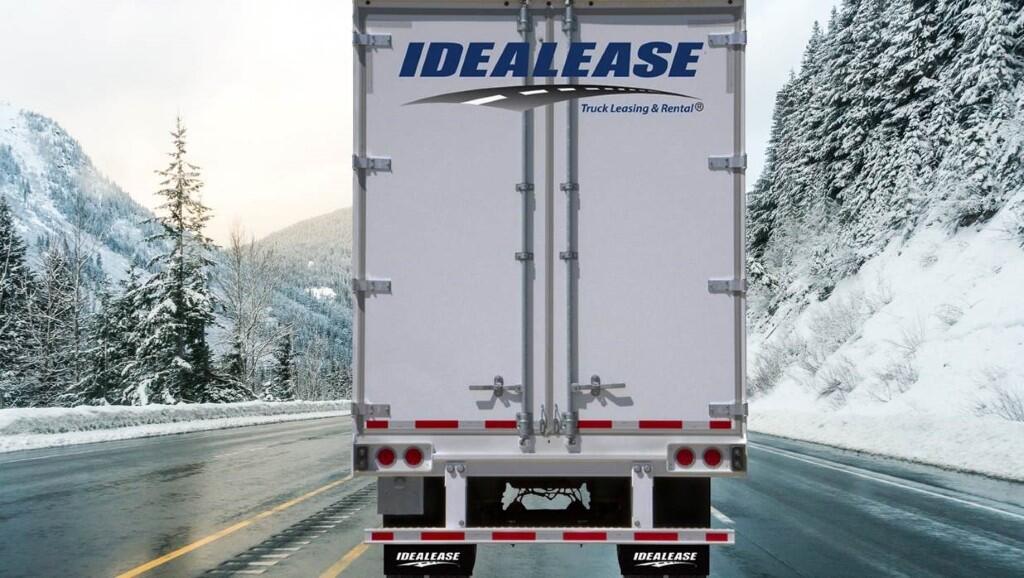Driving in a Winter Wonderland

Ready or Not…
Snow is already down for the season across a good stretch of road in Canada and the U.S., so that means it’s a great time to think seriously about keeping drivers, trucks, and cargo safe until it warms up again. A blizzard, a polar vortex, and even thundersnow—or all of them—may stand between now and then, so be ready.
Rolling safely on slippery roads begins with preparation of both your drivers and their vehicles. To help you get a grip on seasonal challenges, Idealease has put together a list of winter related tips for you and your crew to refer to in advance of any bad weather—keep it handy.
Share, Print, and Post This List
- Air Tanks – After driving through a lot of snow, your drivers should check their air tanks to make sure there is no snow or ice caked on them as they can freeze up fast—compressed air is cold air, and any melt will turn to ice.
- Black Ice – Drivers should keep an eye on antennas, mirror arms, and the corners of their windshield and watch for ice forming. If it’s near freezing and vehicles ahead stop kicking up spray, black ice may be on the road.
- Blowing/Drifting Snow – Crowdsource a safe path with nearby trucks if drifts start taking out the left lane. Your driver can check with rigs ahead to see if the passing lane is clear, and when it’s safe to pass the other driver can slow a bit and hug the right shoulder.
- Freezing Rain – Along with black ice, freezing rain is incredibly difficult to navigate safely. Have your drivers keep their eyes on the outside temperature and be prepared to take a break and sit out deteriorating conditions.
- Heavy Snowfall – Chains are mandatory winter equipment in many northern and mountainous regions and can be required by law to be onboard as early as September 1st. Drivers will also want to top off fuel before severe weather hits and always pack emergency supplies.
- Intense Cold – Those emergency supplies may save a life when temperatures plummet. If an engine won’t turnover or it’s illegal to idle, drivers may be stranded; blankets, a candle powered heater, extra food and water, and a cell phone charger can help see them through.
- Pre-Trip Inspection – Daily truck inspections get much more difficult when it gets cold, wet, or windy. If your fleet doesn’t use a tablet or cell phone app in place of paper, now’s the time to consider making the switch—forms get easily crumpled, ripped, or wet.
- Trailer Tires – Frozen shoes and valves are common problems with trailer tires, so make sure they get checked, especially right after hooking up. Frozen shoes can be coerced with a hammer and a few gentle taps, and valves can be thawed with methyl hydrate.
- Truck Tires – Warm tires can melt the snow underneath them when parked and good old-fashioned kitty litter is an effective and environmentally friendly option for grip. A mix of salt and sand will do the trick, too.
- Washer Fluid – Brake line antifreeze can be added to washer fluid to keep it, well, fluid in cold weather. The temperature rating only applies when the fluid is in the bottle or the lines, and the alcohol in it evaporates quickly when it hits the air.
It’s a Marshmallow World
Driving through the winter months doesn’t have to be a nerve-wracking, nail-biting prospect. It’s that time of year, so none of this should be a big surprise, but don’t take anything for granted. Get your team prepped for the weather and let them know you have their backs by taking a little time to prepare them for what—most certainly—lies ahead.
Be safe out there.






